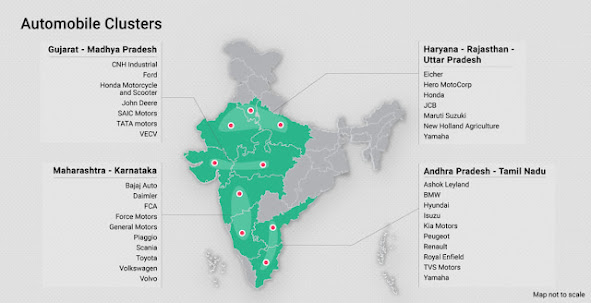India and ASEAN countries - A comparison in science and technology
India and ASEAN nations differ significantly in science and technology across sectors like space, supercomputing, AI, biotech, and R&D. Here's a more holistic comparison including advanced tech domains: 1. Space Technology India is far ahead. ISRO has a complete ecosystem: launch vehicles (PSLV, GSLV), planetary missions (Chandrayaan, Mangalyaan), satellite manufacturing, and commercial arm NSIL. India is one of the few countries with independent access to space and upcoming ambitions like the Gaganyaan human spaceflight and a Venus mission. In ASEAN, only a few countries have modest capabilities: Vietnam and Indonesia operate Earth observation satellites and are building capacity. Malaysia has launched micro-satellites but depends on foreign launch providers. Singapore leads in private space startups but lacks a space agency. Verdict: India is decades ahead in sovereign space capabilities. India even launched satellites for Singapore & Indonesia. 2. Supercomputing I...




